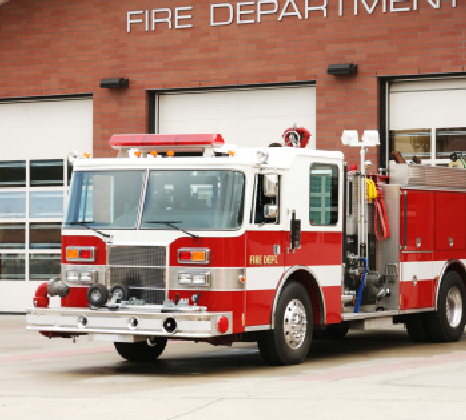History of 9-1-1
History and Development of the 9-1-1 Emergency System
The concept of a three-digit number for contacting emergency services originated in Great Britain in 1937. Since then, various countries have adopted similar methods using two, three, or four-digit numbers. In the United States and Canada, the number 9-1-1 has been designated for this purpose. In 1968, the American Telephone and Telegraph Company announced that 9-1-1 would be reserved for emergency services within its service areas. The first 9-1-1 call in the United States was made in Haleyville, Alabama, in the same year.
In New Jersey, Atlantic City became the first city to offer 9-1-1 service, starting in 1972. A New Jersey Legislative study commission in 1976 recommended that all municipalities provide access to emergency services via 9-1-1. Hunterdon County established the first countywide 9-1-1 system in 1977.
Years of collaboration among public safety officials, legislators, and private industry led to the creation of a statewide 9-1-1 system in New Jersey. Following extensive studies and committee work, the State 9-1-1 Law was passed in 1989 (P.L.1989, c3 N.J.S.A. 52:17c-1). This law mandated the implementation of a statewide enhanced 9-1-1 system and established the New Jersey 9-1-1 Commission and the Office of Emergency Telecommunications Services (OETS). Regulations, requirements, and standards were developed for all aspects of New Jersey's enhanced 9-1-1 emergency telephone system.
With these rules and standards in place, OETS and the 9-1-1 Commission collaborated with counties and municipalities to establish 9-1-1 centers that would serve the needs of New Jersey's citizens and visitors. By 1995, the enhanced 9-1-1 system was fully operational across the state.
The advent of cell phones presented new challenges, as the 9-1-1 system was not initially designed for mobile use—a nationwide issue. The Federal Communications Commission (FCC) established rules and standards to address these challenges. OETS worked to develop a system that allowed cell phone callers to contact 9-1-1 and provided Public Safety Telecommunicators with the caller's general location.
As telecommunications technology continues to advance, the 9-1-1 system must keep pace. Numerous organizations are committed to upgrading and improving the system to ensure optimal assistance during emergencies. New Jersey is currently upgrading their 9-1-1 system from a legacy copper wire system to a Next Generation 9-1-1 ESInet. This new network will allow for technologies such as streaming video and PSAP interoperability.
 Official Site of The State of New Jersey
Official Site of The State of New Jersey